Where PRINCIPLED Coaching Is And How To Get It (Coaching Minds Podcast Interview with Justin Lewis)
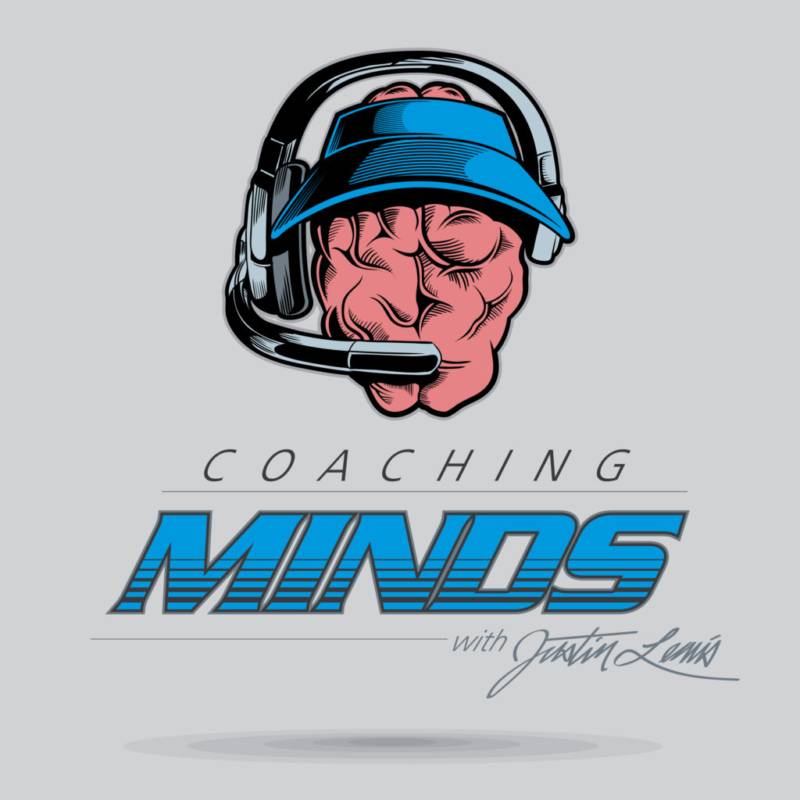
Photo courtesy: CoachingMindsPodcast.com
You just have to have a Growth Mindset.
I wanted to share an interview I recently did on the Coaching Minds Podcast with Justin Lewis. Somebody interviewed me for a change! 😀
There are a lot of things we covered in this interview, which lasted almost 2 hours!! I know that’s a bit long, but I feel it will be of great value to you as a sticky coach.
Also, I’ve taken the liberty to chart some of the milestone topics we covered in the interview with the time-stamps below, so you can jump around if you want and circle back.
ENJOY!
- Why I don’t have [and frankly don’t want] my own brick and mortar hitting cage, and leveraging the internet (about 3-min mark)
- What it takes to be a great hitting coach and get productive results with their hitters…the power is in affecting the coach and not so much the player. (about 5-min mark)
- Where did the beginning of the Hitting Performance Lab come from? (About 8-min mark)
- Talking about the importance or non-importance of switch hitting (about 13:00-min mark)
- Olympic 70-foot throwing Shot Putter who said they can only throw as far as his weak side would allow him (about 14-min mark)
- Justin asked me what qualifies you to come up with your own hitting system? As a newbie coach, who do you go to for hitting information? How do you pick a hitting mentor? How do you know if a hitting coach sticks close to human movement principles? (about 18:00-min mark)
- How to sniff out Bad Science and the Placebo Effect (about the 20-min mark)
- We discuss if Tony Gwynn could hit for more power? (about 21-min mark)
- Real versus feel hitting mechanics…making bold adjustments…Mike Trout defending his swing against “chicken winging” by “getting on top of the ball” (about 24-min mark)
- Talking about softball hitter who was hitting ball well before tweaking mechanics…can we make great hitters better? (about 28-min mark)
- Breaking down and defining one of my favorite quotes the Ralph Waldo Emerson quote…principles are few, methods are many (about 30-min mark)
- Question about whether the legs drive the torso, or NOT. CLICK HERE for the HPL blog post I mentioned here about Dr. Serge Gracovetsky and The Spinal Engine. (about 33-min mark)
- Talking about the importance of having a mentor…success leaves clues…breaking the One-Joint Rule…saying ‘yes’ (McCutchen) or rolling the head (Harper/Fielder) is not good for impact, but saying ‘no’ head movement is okay (about 41-min mark)
- Talk about how UGLY Hunger Pence can look, but how effective his hitting mechanics are (about 46-min mark)
- Talk about my early childhood and where everything started for me in my quest to find the hitting Holy Grail…transitioning from 46-foot to 60-foot mounds…paralysis by analysis for 4 years (about 47-min mark)
- Discussed the Fixed versus Growth Mindset…“In order to change, we have to change. In order for things to get better, we must get better” quote Justin gave. (about 54-min mark)
- Justin asked me how my family life was growing up…fielding ground-balls palm facing the ground…the fear of having my son play tee ball…get the awful out of the way…we didn’t have to teach our toddlers how to walk (about 55-min mark)
- Justin asked me how I ended up at Fresno State…how to get great jumps in the outfield and what I learned at a Stanford baseball camp…”the hop” and soccer goalies defending a Penalty Kick… (about 1-hour mark)
- Justin asked me what I studied in college…my answer will SHOCK you (about 1-hour, 4-min mark)
- What was my path after college getting into training people? Getting certified in Yoga and other corrective certifications…loving the challenge of tracing back injuries…cultivating my passionate curiosity for human movement (about 1-hour, 6-min mark)
- Justin asked me where I recommend a newbie should start on my blog…and this is important because there are over 200 FREE blog posts about different aspects of the swing…what makes a good swing experiment (about 1-hour, 11-min mark)
- Describing what my online video courses are about (about 1-hour, 15-min mark)
- We talk about Tim Tebow and his Big Leagues prospects (about 1-hour, 17-min mark)
- Justin asked me about why I decided to do the books and get on Amazon…why I used a Fixed v. Growth Mindset Intro for the Catapult Loading System book, and jam packed the book with testimonials from other coaches getting the same if not better results that I’m getting…the origins of The Science Of Sticky Coaching book…the origins of The UGLY Truth About Hitting Ground-balls book (about 1-hour, 19-min mark)
- We discuss how other online hitting gurus have a hard time sharing their information…and why they’re hurting the baseball/softball industry doing this (about 1-hour, 26-min mark)
- Justin asked me what’s next for me with the site business-wise (about 1-hour, 28-min mark)
- Justin asked me if I want to take on a college or pro-ball coaching job at some point (about 1-hour, 31-min mark)
- Justin asked me a couple Rapid Fire questions: what other books would I recommend or gift to people? What advice would I give to my Freshman year in college self? Do I have a daily routine that I do everyday? Something that I suck at that some would be surprised with? (about 1-hour, 33-min mark)
I had fun on the show, and I’d highly recommend you check out the Coaching Minds Podcast with Justin Lewis. Justin’s a great guy, a fireman like he mentioned in this episode, and very much a Growth Mindset coach. He’s doing big things with his own hitters, so please go check his Podcast episodes out if you’re a coach, drive a lot, and need something productive to listen to. Here’s where you can find Justin and the Podcast:
- Podcast Website: http://coachingmindspodcast.com/
- Facebook: https://www.facebook.com/coachingmindspodcast/
- Twitter: @The_Coach_Mind

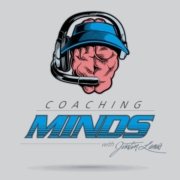
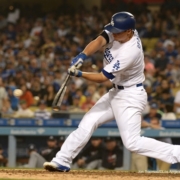






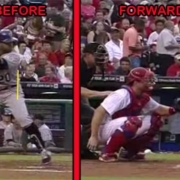
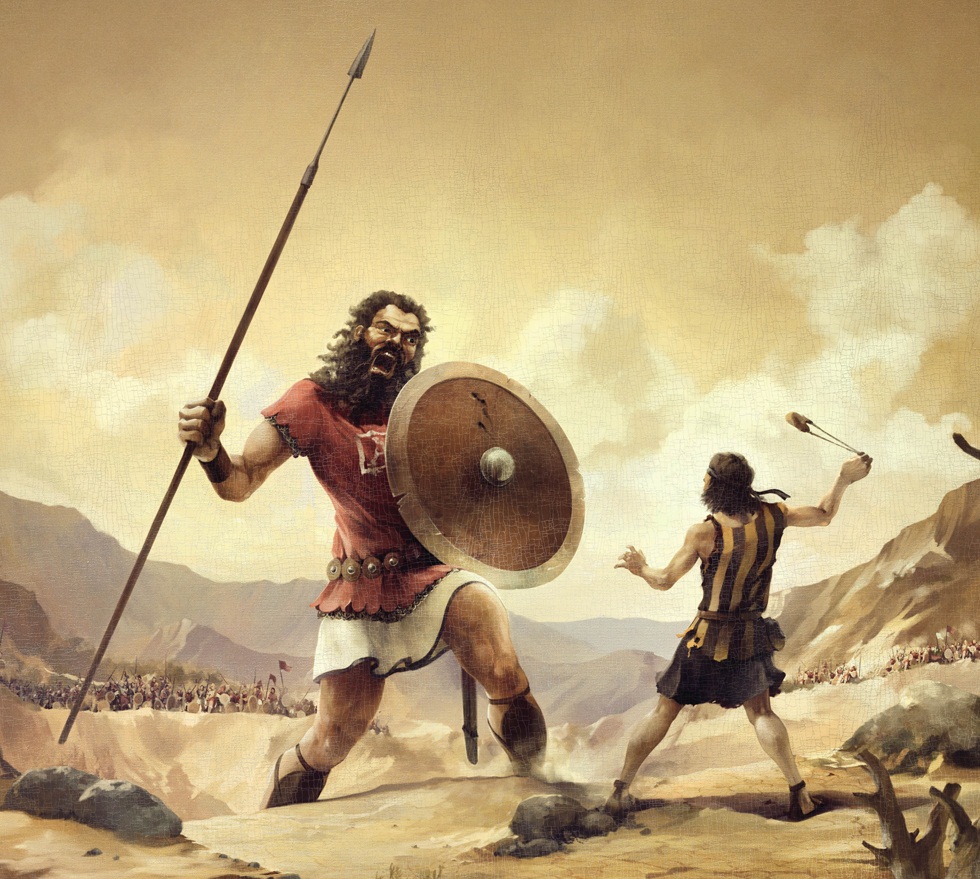

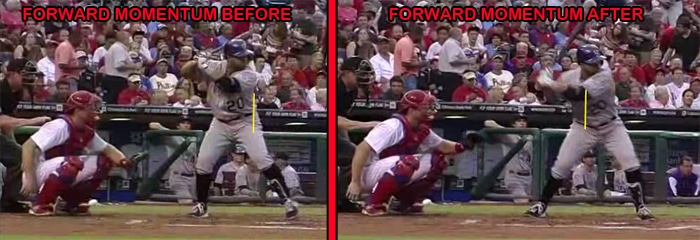


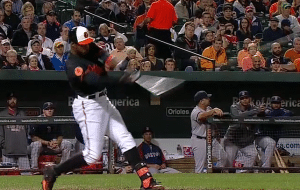

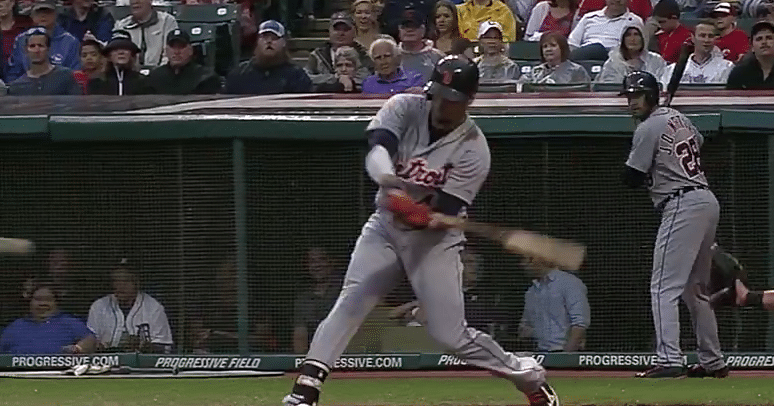
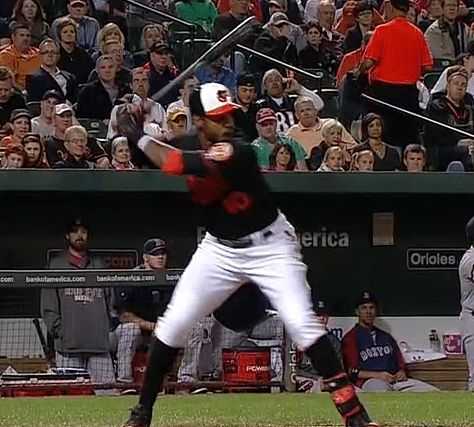


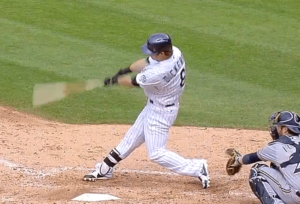







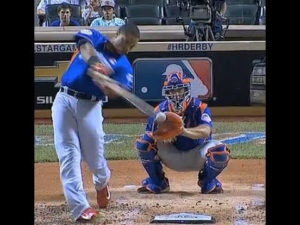
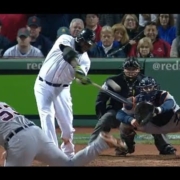
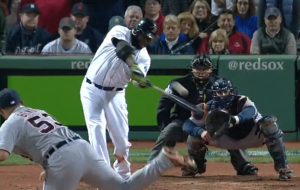 Big Papi’s two-out-bottom-of-the-eighth game tying grand-slam in the 2013 ALCS playoffs against the Detroit Tigers, we’ll be analyzing the following mechanics of David Oriz’s swing:
Big Papi’s two-out-bottom-of-the-eighth game tying grand-slam in the 2013 ALCS playoffs against the Detroit Tigers, we’ll be analyzing the following mechanics of David Oriz’s swing: